Cornfield Ant (lasius)
.jpg)
There are multiple species of lasius ants in Quebec. These ants often nest in lawns, around building foundations, under stones, flower pots or any object sitting on the ground. Colonie populations of this species can reach very large numbers and are sometimes very difficult to exterminate.

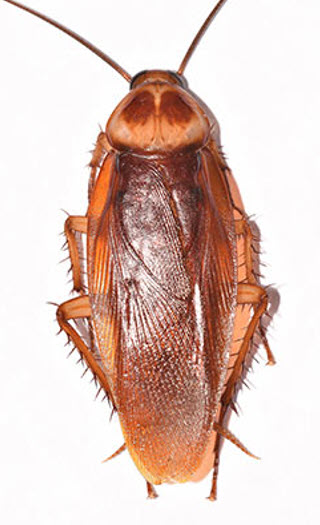
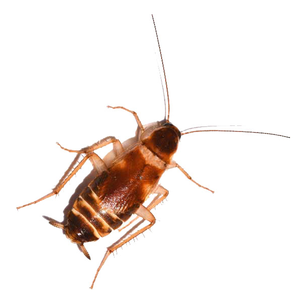
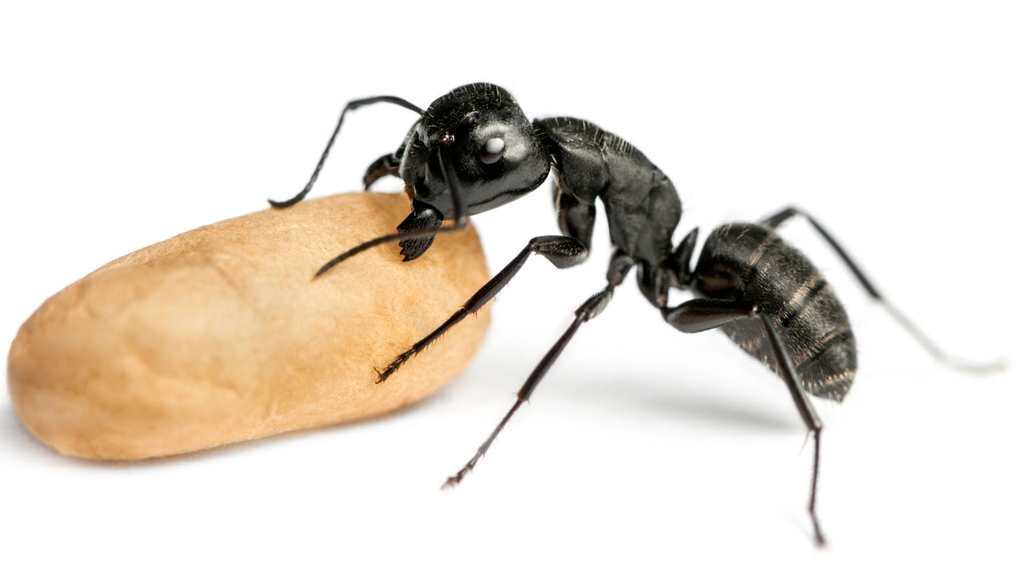
Carpenter ants got their name because of their habit of making nests and digging cavities in wood. This habit of nesting in wood sometimes causes structural damage to a building. Carpenter ants do not eat wood, they tear off small pieces to enlarge the necessary space for the development of the colony. This is why we sometimes find sawdust piling on the floor, a shelve or in a cobweb. Carpenter ants often present a big challenge in controlling them, especially when one or more nests are in the structure of a house or building.
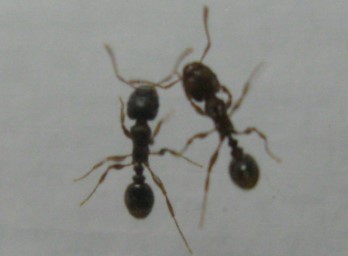
Pavement ants got their name because we often find their nests underneath paving stones or concrete and small mounds of sand form in the cracks. They may occasionally nest in walls, under the foundation, in building insulation and under floors. Other species of ants can nest under paving stones and form small mounds of sand. It is sometimes crucial to have the right identification for an effective result. Although it is not a native species in Quebec, it has adapted very well to our climate.
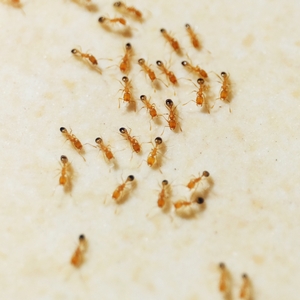
Pharaoh ants are among the smallest species of ant in Quebec. They were introduced in Quebec many years ago. Pharaoh ants cannot survive winter out in the cold, so most of their nests can be found indoors. Pharaoh ant colonies have multiple nests and multiple queens. Mature Colonies can grow to numbers of several hundred thousand ants. Pharaoh Ant Problems start whenever they are introduced to a building by food items or diverse objects. The extermination of pharaoh ants is accomplished through an intensive baiting program.
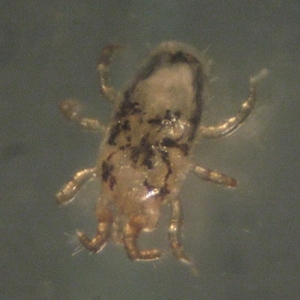
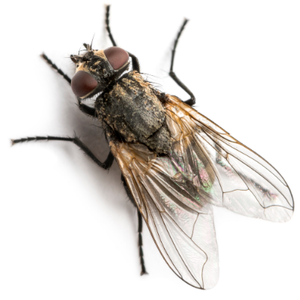
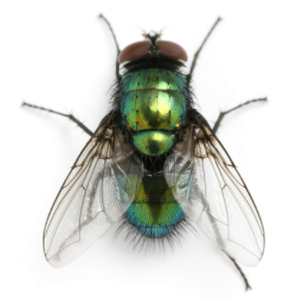
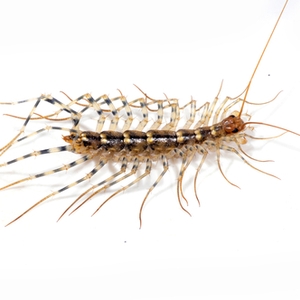
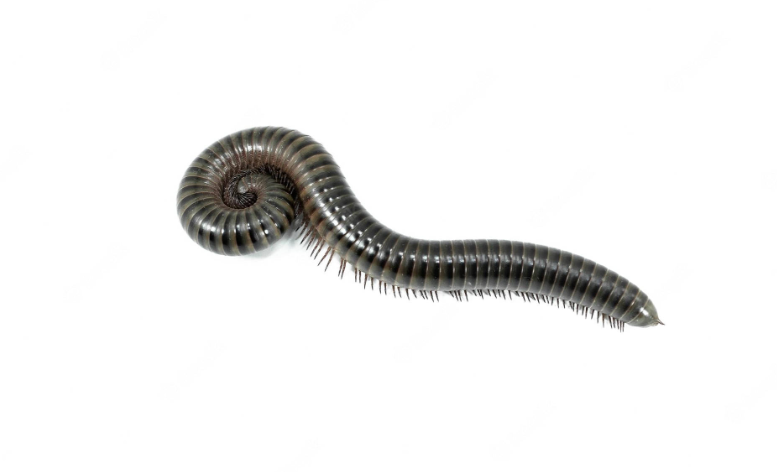
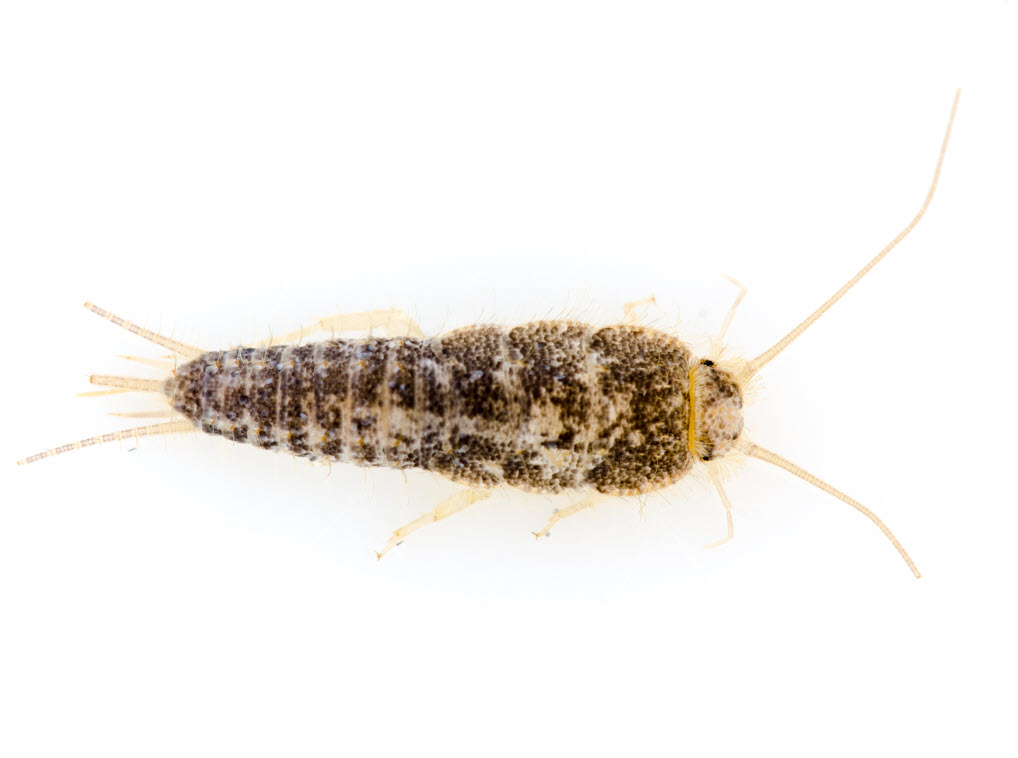
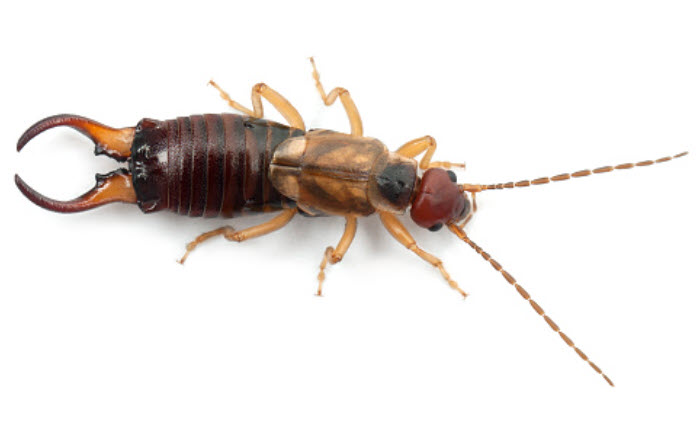
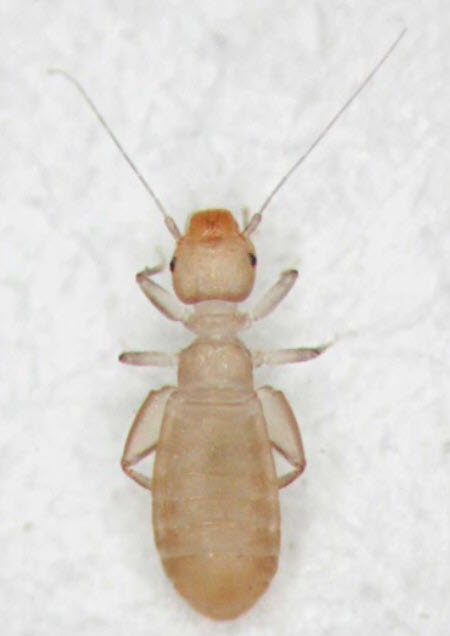
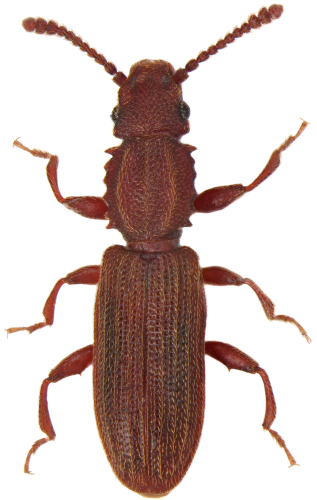
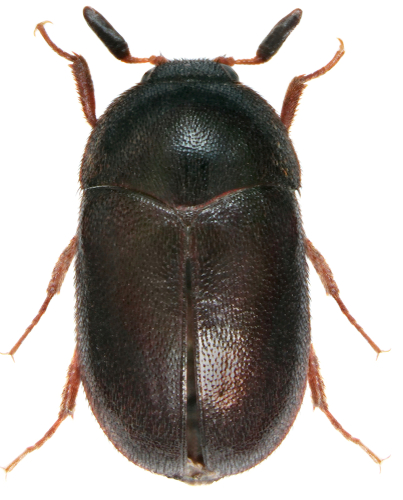
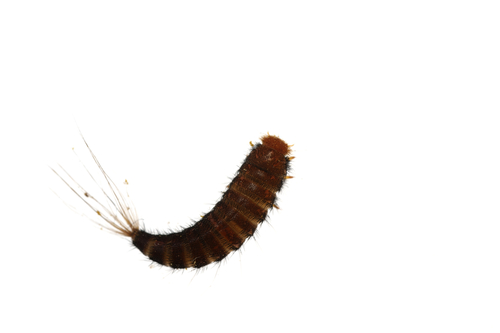
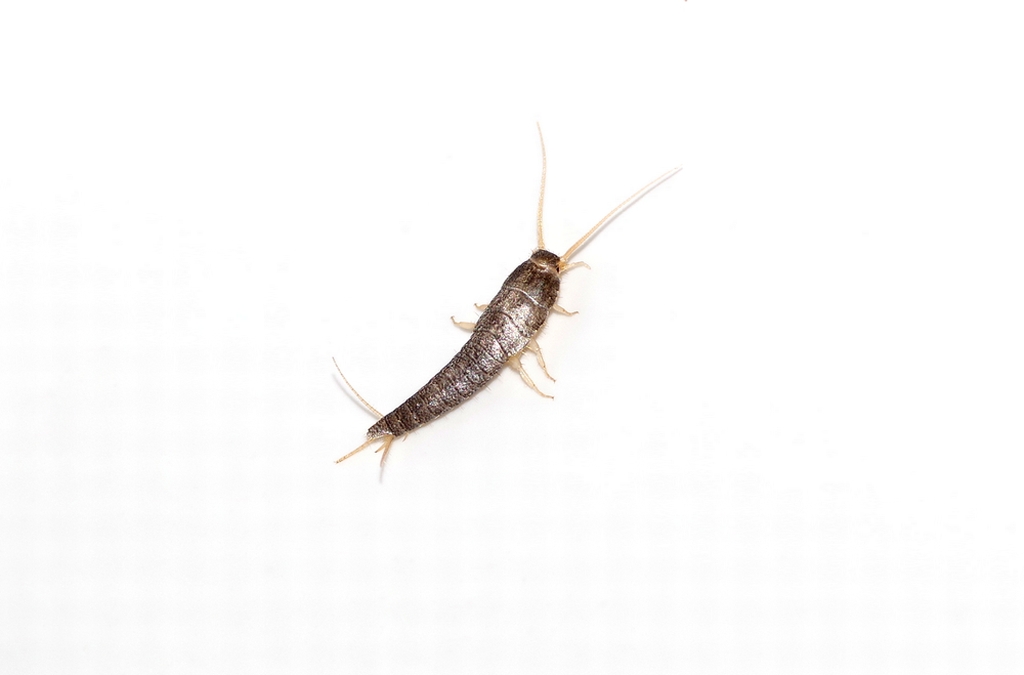
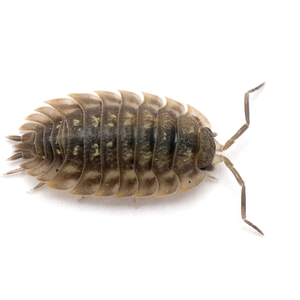
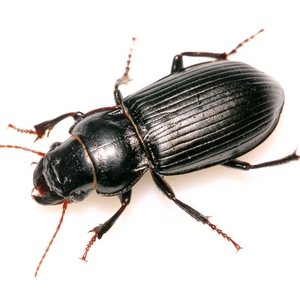
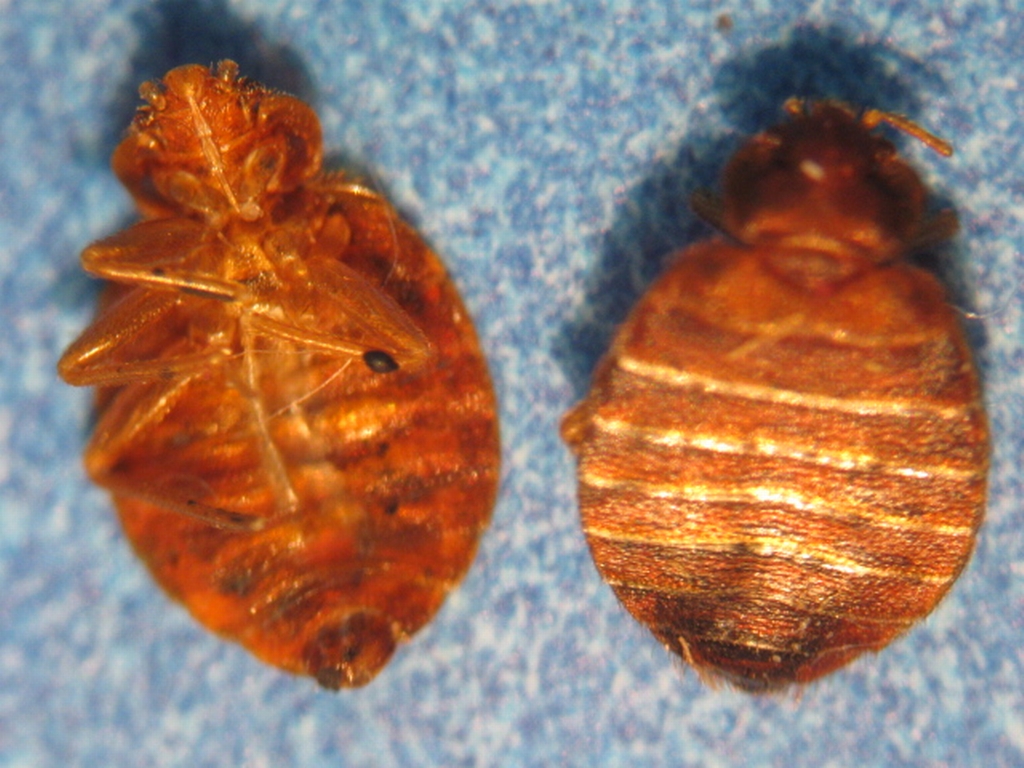
Preparation Guidelines (What to do before treatment)
We have always designed protocols with no or minimal preparation for occupants. It's much more efficient.
We prefer to take care of the preparation ourselves before treatment to avoid the spread of bedbugs and to save the occupants' efforts.
Avoid applying insecticides yourself before the intervention of a technician.
As a general rule, it is not useful to throw away your mattress or bed. If this is done, the bed is lost but the bedbug problem is not necessarily solved.
If you are a tenant, contact your landlord.
Identification
Adults : 5 mm
Nymphs : 1-4 mm
Eggs : 1 mm
Antennas : 4 segments
The color of the bed bugs varies from pale yellow to dark red-brown depending on the stage of development and blood ingestion.
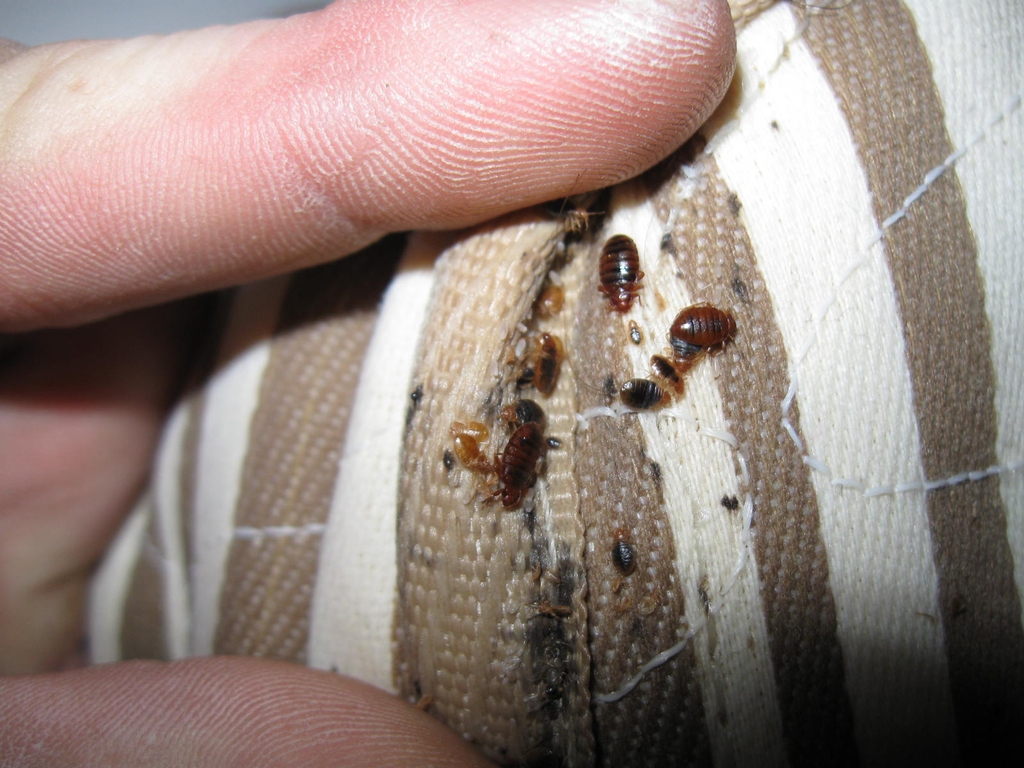
Signs of infestation
- Feces (black spots)
- Cast exoskeleton skins from molting
- Adults bed bugs and nymphs
- Eggs (shinny white)
“Bite” as well as blood stains on sheets and pillows are suspicious but are not proof of the presence of bedbugs.
Biology
Egg production
- 1 to 5 eggs per day per adult female
- An average of 200 eggs but up to 500 per female in her lifetime
- The eggs are attached by a sticky secretion
- 6 to 10 days to hatch
Lifecycle
- Egg to adult: Typically 45 days at 22°C (21 days at 30°C and 120 days at 16°C) (relative humidity 75-80%)
- 5 nymphal stages requiring a blood meal to grow and molt to next stage
- Life expectancy under normal conditions: 316 days
- 3 to 4 generations per female per year
Development Factors
- Optimal temperature for bed bug development is around 28°C
- Reliable lethal temperatures: Min: -16°C constant for 4 days. Max: 45°C for a few minutes.
- When the temperature is around 11°C, some adult bedbugs can survive up to 16 months without feeding
- The constant availability of a host therefore to possibility to feed at each of the development stages
- Relative humidity wouldn't be a very big factor except for the extremes.
- Prefer human blood but can feed on a warm-blooded animal.
Habits
- Bed bug problems begin when they are introduced into our home.
- Once introduced, they can be moved or move themselves within a building.
- They will tend to settle where people sleep because carbon dioxide attracts them.
- When disturbed or repelled by an insecticide, they can hide anywhere.
- They gather in groups in their hiding places where they lay eggs, defecate and molt.
- When the accommodation is occupied and the temperature is around 22°C, a bed bug will seek to feed approximately once a week.
- Their meals take 3 to 12 minutes.
- Bed bugs prefer human blood but would settle for the blood of a warm-blooded animal.
- Bed bugs come out at night but could be active during the day if people are sleeping during the day or during a large infestation.
- Bed bugs are attracted to carbon dioxide (CO2) and heat over short distances.
- Bed bugs prefer a semi-dark environment, fabrics or uneven surfaces.
- Bed bugs disdain air drafts, polished surfaces and metal objects but they can still find their way there.
- They don't like movement very much.
- After a treatment, if no bites or new evidence of bedbugs are noted within a period of 45 days, the problem is almost certainly resolved. If bedbugs or bites appear after a period of 45 days without activity, the bedbugs have most likely been reintroduced.
Bite Reaction
- Reactions can vary greatly from one person to another depending on its degree of sensitivity.
- Normally, small reddish marks appear because of an allergic reaction to the saliva injected by the bed bug.
- One bed bug often inflicts multiple bites when feeding.
- Some people no longer react after being bitten several times
- Around 30% of the population has no reaction after a bite.
- Reactions can occur up to 2 weeks after the bite.
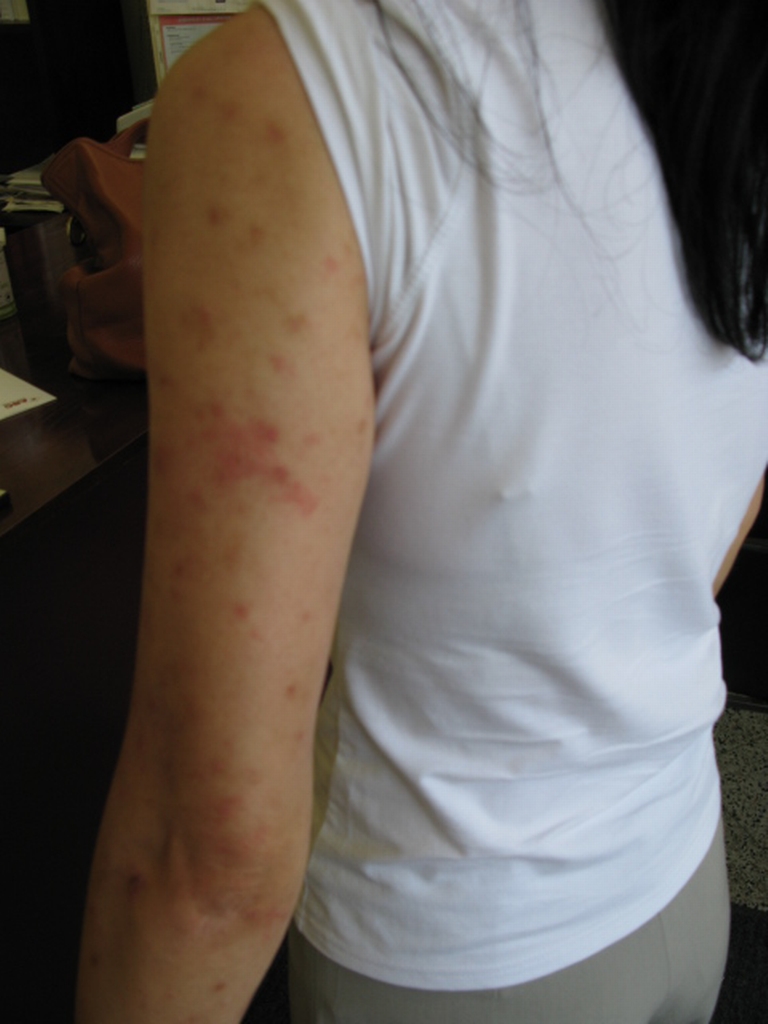
Health concerns
- Although bed bugs can carry pathogens, conclusive evidence of transmission to humans is lacking.
- Lack of sleep.
- Bacterial infection by scratching the bite.
- Isolation or psychological problems.
- Intoxication caused by inappropriate or repeated use of insecticide or other products.
- In severe infestations, possible respiratory problem caused by particles of shed skins that become airborne.
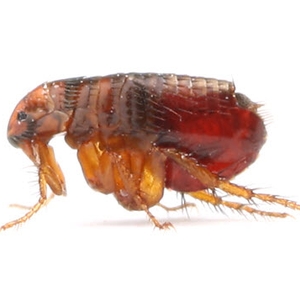
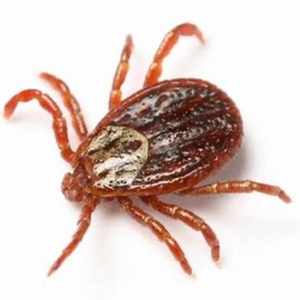
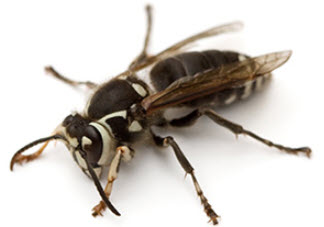
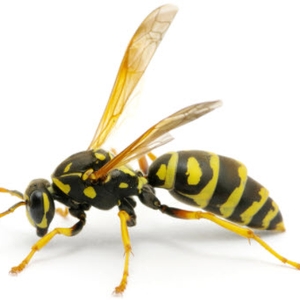
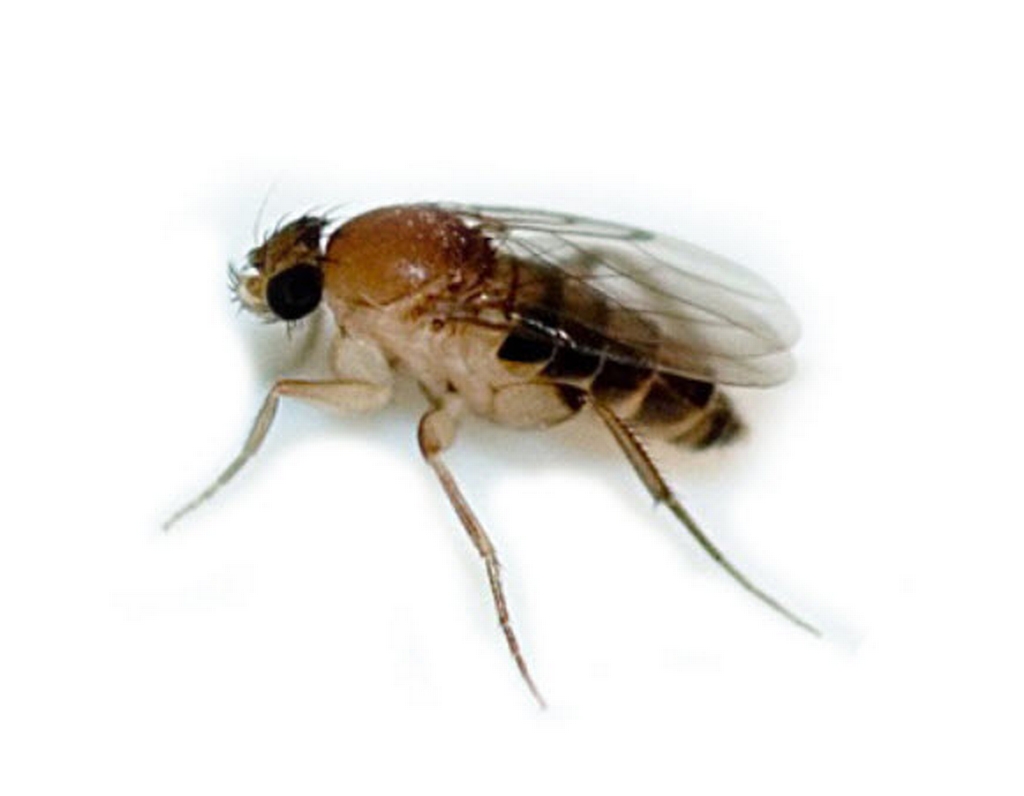
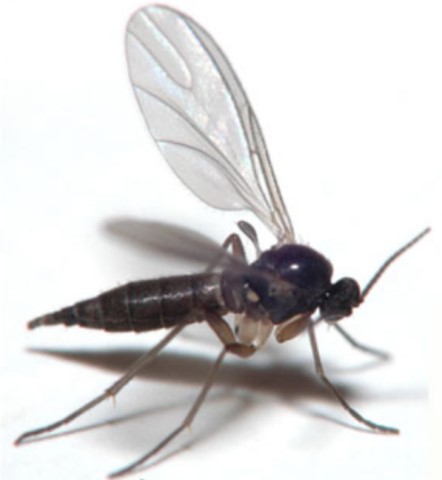
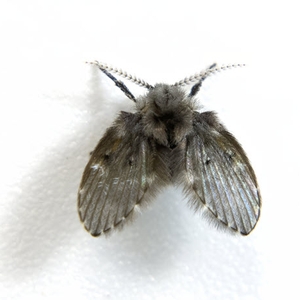
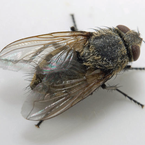
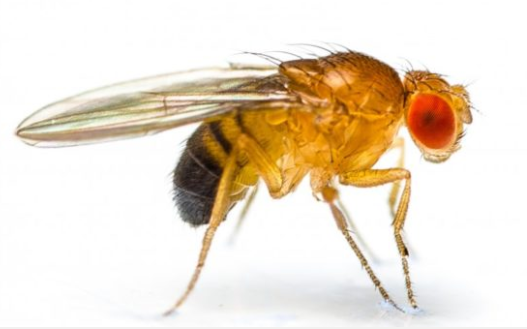
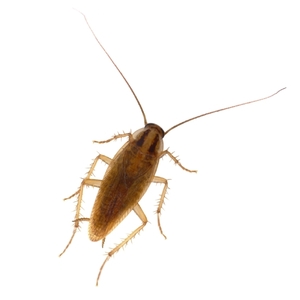
The German cockroach is by far the most important and common cockroaches found in houses, apartments, supermarkets, food plants and restaurants. It has a great adaptability and enormous reproductive potential. It is worldwide in distribution. Anyone could find cockroaches at home because they are often introduced by packaging of food we bring back home. It would be bad luck. An infestation however is caused by poor sanitation or conducive human behavior allowing cockroaches to reproduce and multiply.
Preparation Guidelines (What to do before treatment)
- Repair any water leak. Advise management of any repairs that need to be done.
- Empty your kitchen pantry and cabinets. Discard infested or stale food items in a sealed plastic bag. Make
sure your food is stored in sealed or tight containers. - Empty your bathroom cabinets.
- Clean and remove all organic matter and grease, including inside all the cabinets and behind your refrigerator
and oven. - Remove all furniture from the walls.
- Do not use any other insecticide.
- Leave a note on the kitchen table with your observations of cockroaches, it may help us.
- You must leave your apartment for the treatment for 1 to 2 hours. Bring all pets with you.
Identification
- Nymphs: 2-12mm
- Adults: 13-16mm
- Ootheca (egg capsule): 6-9mm
- Adult Color: light brown to yellow with the exception of two black stripes on pronotal shield
- Adults have wings.
Signs of infestation
- Feces or other secretions (grains or brown spots)
- Cockroaches or egg capsules
- The musty odor in a severe infestation
- Exuviae (empty skin left behind after molting)
- Cockroaches are nocturnal so if you see them in daytime, there is probably a major infestation or they are under stress such as scarcity of food or the use of repellent products.
Biology
Reproduction
- A single mating can be sufficient to fertilize all eggs produced by one female.
- The female will lay about 5 oothecas (egg capsules) in her lifetime.
- The female carries the egg case attached to her abdomen for about 28 days and deposits it in a crack 1 to 2 days before hatching.
Ootheca
- The ootheca is a capsule containing the eggs of the cockroach.
- Brown, pink or beige but usually in two tones.
- The ootheca contains about 30-40 eggs.
Lifecycle
- From egg to adult: Approximately 100 days. In lab conditions: 50-60 days (27 ° C, 40% RH).
- 6 nymphal stages before becoming adults.
- Once hatched, the cockroach reaches maturity in about 60 days.
- The adult lives in general for 100 to 200 days.
Habits
- Cockroaches have a preference for the dark, warm (over 21 ° C) and humid places.
- They are mainly found in kitchens and bathrooms. Water is essential to their survival.
- The cracks and crevices near a source of food or water are preferred hiding places.
- Cockroaches eat almost anything with nutritive value including even soap, glue, toothpaste, hair, etc.
- They are most often introduced into buildings through packaging or products purchased in grocery stores or used equipment such as refrigerator, TV, microwave oven, etc.
- They sometimes move from one apartment to another to satisfy their basic needs or in response to the application of a repellent.
- They spend about 75% of their time in hiding spots.
- Cockroaches are mainly nocturnal.
Prevention
- Inspect the grocery packaging, bags and products you bring back home.
- Avoid introducing furniture or supply if you are unsure of their presence.
- Repair water leaks or excessive moisture.
- Seal cracks and crevices and avoid cluttering.
- Do not leave dirty dishes lying around or food.
- Degrease the walls, cabinets and appliances occasionally.
- Use sticky traps to detect the presence of cockroaches.
- Avoid repellents when their presence is confirmed.
Health Risks
- Besides being a nuisance because they tend to visit garbage cans, sewers and other places full of diseases, germs attach to the body of the cockroach and can be spread to food, surfaces and cooking gear with whom they come into contact. These include bacteria: Salmonella, Shigella, E. coli, Streptococcus (pneumonia), several helminths (parasitic worms), and even viruses such as polio. Cockroaches can also transmit various forms of gastroenteritis (food poisoning, dysentery, diarrhea and other diseases)
- Their feces and exuviae cause allergies and respiratory problems.
- Repeated exposure to insecticides if multiple treatments.
--large.jpg)
.jpg)
The Norway rat is a mammal of the rodent order.
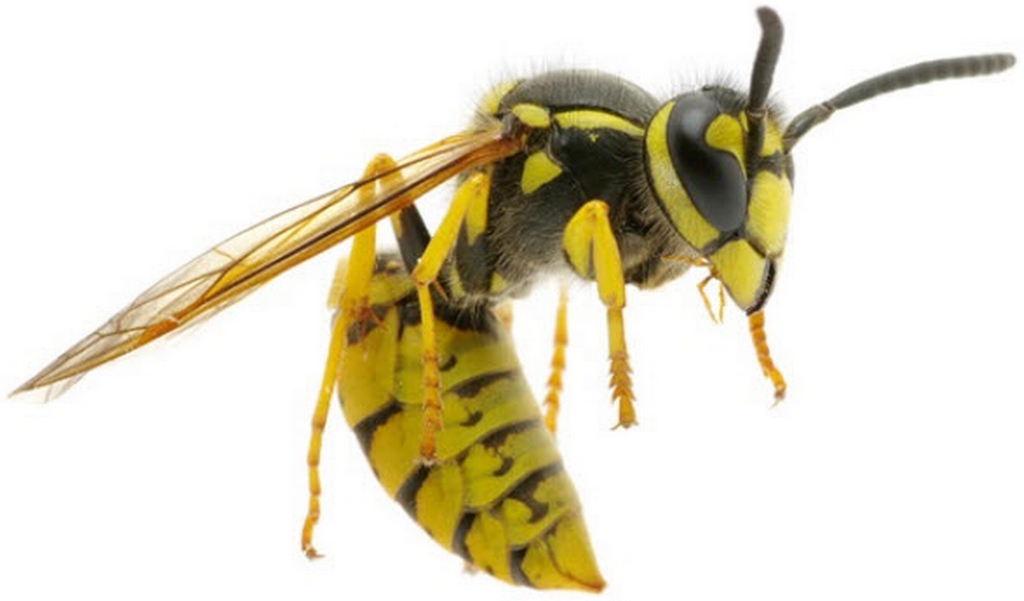
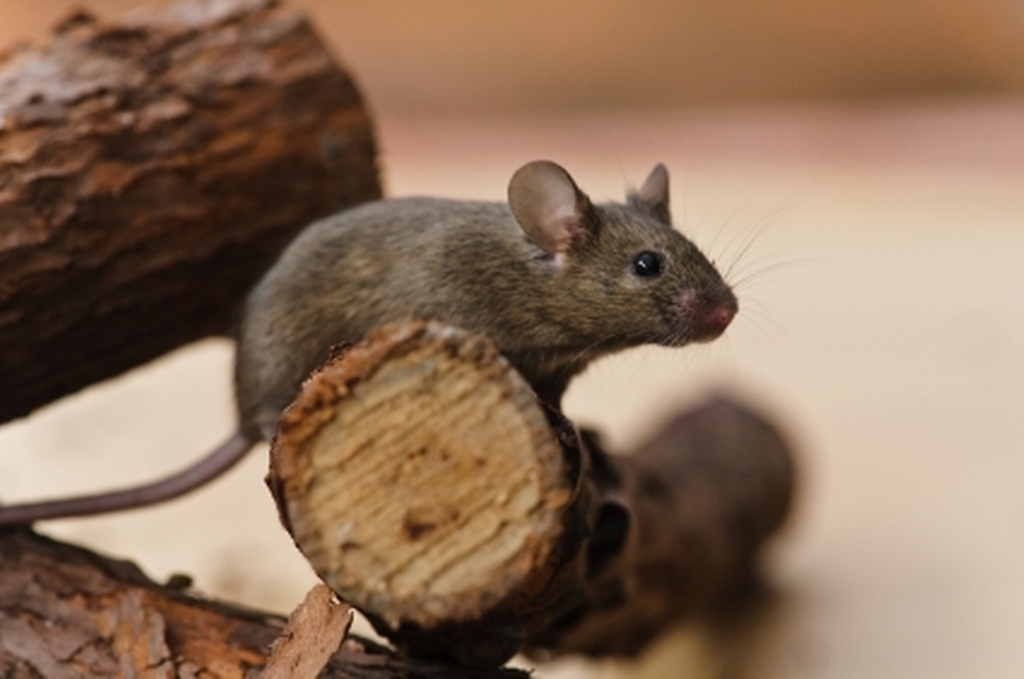
The house mouse is a mammal of the rodentia order. It is the most common rodent in cities and villages around the world. Agile and opportunistic, many people underestimate it. Its basic needs are food, shelter and water. Its water requirement is often filled with high moisture food. Mice creep into buildings for shelter and food. If the site offers them both, they stay. They can sometimes go unnoticed for a few weeks or few months and their population can multiply when their needs are met. Once inside the buildings, they move easily from room to room or apartment to another in search of food, nesting materials, new places to nest or simply out for curiosity. The interior walls and the various systems (electrical, plumbing, ventilation) are their ways of movement and communication.
Identification
Adultes:
Head and body: 6,5 to 9,5 cm
Tail: 7 to 10,2 cm
Weight: 12 to 30 grams
Feces : 3 to 6 mm, elongate, pointed ends
Mice have a smooth fur, usually dust gray above and light gray or cream on the belly. Some mice may be light brown to dark gray above.
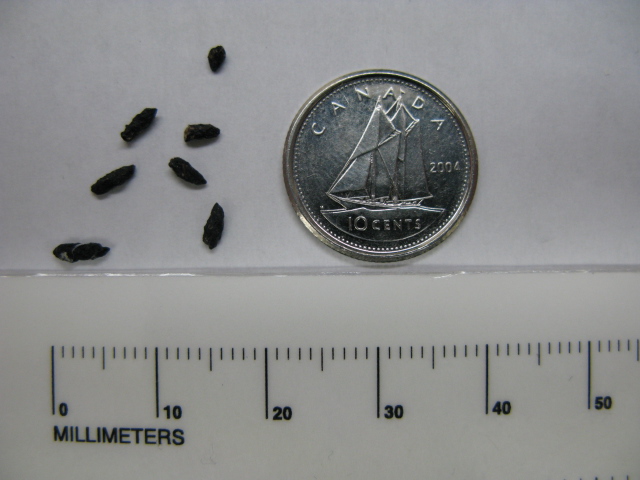
Signs of infestation
- Droppings. The fresh stools are soft and moist while the old ones are dried and hard. One mouse leaves about 50 droppings per day.
- Damaged food products. Mice prefer seeds or cereals, but can eat everything humans or pets eat.
- Noises in the walls.
- Damaged Materials like electrical wires or cables.
- Smell of mouse urine and droppings.
- Tracks / footprints. Fresh tracks are clear while the old tracks are at least partially obscured by dust.
- Rub marks. They are generally less visible and smaller than those of rats.
- Mouse nest. Inside they often nest in various materials such as insulation and paper.
- Pathways. Mice use the same paths frequently, usually along walls, stacked merchandise, etc. If they are active, the paths are free of dust and cobwebs, with fresh droppings. The paths may or may not be visible.
- Unusual pet behavior.
Biology
- Reach sexual maturity in 35 days.
- Begin to breed when they reach 6-10 weeks.
- Gestation period of about 19 days.
- The average litter consists of 6 pups, approximately 8 times per year.
- The female can have a litter every 45 days.
- The pups are weaned in about 21 days.
- Life expectancy generally less than 1 year.
- A couple of mice can potentially become 3000 mice a year later.
Habits
- When food sources are abundant, they do not go away more than 1.2 to 1.5 m from their nest. If food is scarcer, their territory seldom exceeds more than 6 m in diameter.
- It is difficult to generalize about their favorite food but seeds and cereals are the most widely accepted for the majority of mice populations.
- If the nest is in a cabinet, it is often found in the corners.
- Mice generally run along the walls so they are less exposed.
Effects on the economy and health
- Mice are responsible for millions of dollars of food waste each year in Canada.
- Mice are responsible for power outages, downtime or computer network failures, fires and other structural damage.
- Mice sometimes carry fleas, ticks or mites that can bite humans and pets.
- Mice can spread bacteria like salmonella and parasitic organisms like worms, fleas, lice and mites causing dermatitis (Ornithonyssus Bacot, Laelaps echidnina, Liponyssoides sanguineus, polyplax serrata polyplax spinulosa, Myobiid).
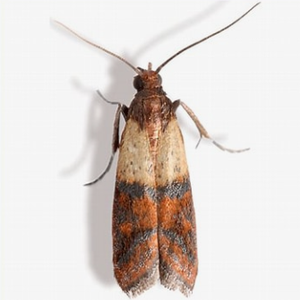
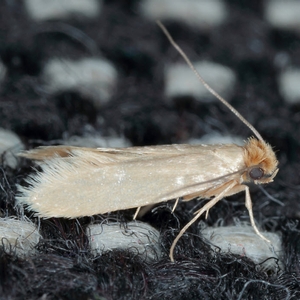
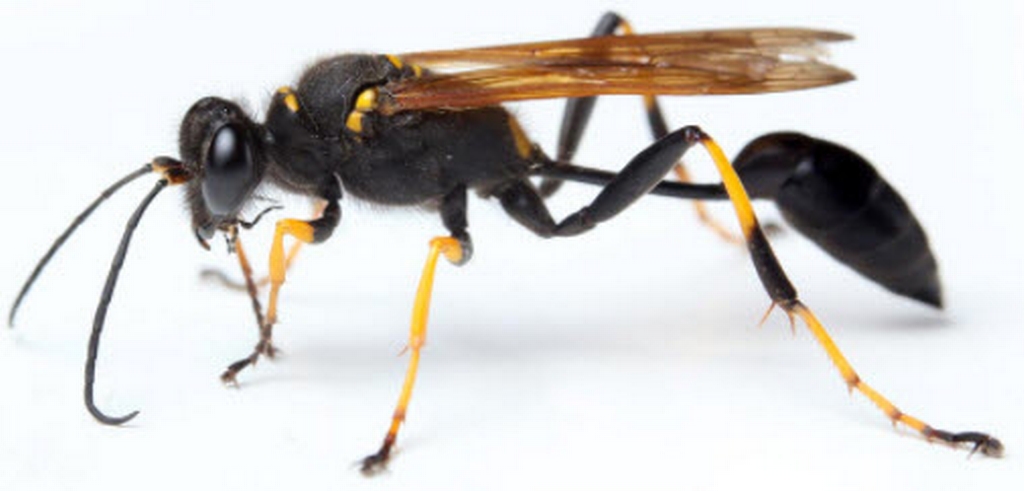
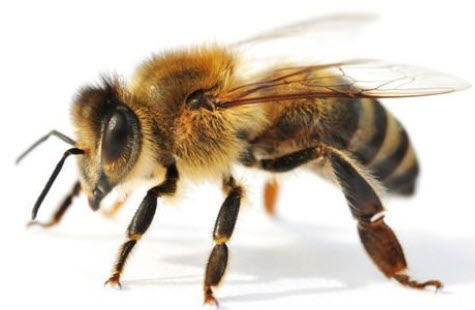
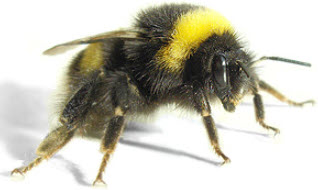

 Skip site navigation
Skip site navigation

